December 14, 2017
Are You Prepared for ISO/IEC 17025:2017?

The new version of ISO/IEC 17025, General requirements for the competence of testing and calibration laboratories, was recently published.
The international community has outlined a three-year transition period, at the end of which accreditation bodies must have all accredited laboratories assessed to the new standard.
The laboratory environment has changed since the current version of the standard was published in 2005, so the revised standard will include significant changes:
- The revised standard embraces the process approach of newer standards such as ISO 9001, ISO 15189, and ISO/IEC 17021-1, and the emphasis is on the results of a process rather than a detailed description of tasks and steps.
- There’s a stronger focus on information technologies, as the revised standard incorporates the use of computer systems, electronic records, and electronic results and reports.
- There’s a section on risk-based thinking and commonalities with ISO 9001:2015 are described.
- Terminology is updated in keeping with the move away from hard-copy manuals, records, and reports to electronic versions.
- A new structure aligns with other conformity assessment standards, such as the ISO/IEC 17000 series.
- The scope of the standard has been revised to cover all laboratory activities, including testing, calibration, and the sampling associated with subsequent calibration and testing.
You can start planning your laboratory’s transition using the Final Draft International Standard (FDIS) but you will need to purchase a copy of the new standard when it’s published. Here are the main steps to transition:
- Conduct a gap analysis of your current quality system and the requirements of the revised standard.
- Determine a timeline that fits with your reassessment schedule.
- Update your documentation.
- Create a training plan. (ANAB offers transition training.)
- Implement any new and revised policies and procedures.
Remember, your laboratory must continue to conform with the current standard until your assessment to the new standard.
To learn more about the revision process and the main changes introduced in the new standard, visit the ISO news page.
